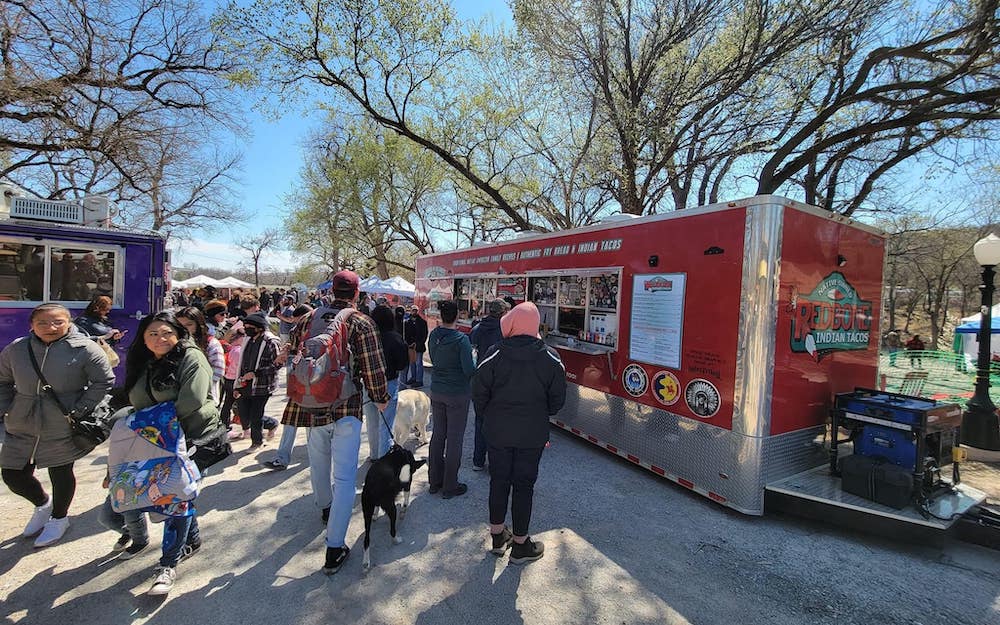
- Details
- By Pete Upton
Guest Opinion. Twenty-three years ago, Congress confronted a hard truth: Indian Country faced systemic financial exclusion — and Native-led solutions were the key to change. At a Senate hearing prompted by The Native American Lending Study, witnesses like Elsie Meeks of First Nations Oweesta Corporation and Roger Boyd of the U.S. Treasury’s CDFI Fund called for a new federal commitment to Native-controlled lenders.
That call led to the creation of the Native American CDFI Assistance (NACA) program — the only federal funding stream tailored to the unique challenges of lending in Indian Country. And it worked.
Today, 69 federally certified Native CDFIs — and dozens more in development — serve some of the most economically underserved communities in the United States. These Native-led institutions turn modest amounts of federal seed capital into real results: small business growth, homeownership, credit access and culturally grounded financial coaching. They don’t just fill gaps left by traditional banks — they rewrite the rules to serve communities left out of the mainstream financial system for generations.
Yet this proven model now faces an existential threat.
The Trump administration plans to claw back $24 million — or 86 percent — of the NACA funds already appropriated for FY 2025. Worse, the president’s FY 2026 budget would scrap NACA altogether. Native CDFIs would be pushed into a new $100 million rural funding pool, where they would go head‑to‑head with CDFIs holding hundreds of millions—even approaching $1 billion—on their balance sheets and unburdened by the trust‑land, jurisdictional, and distance barriers Native lenders navigate daily. On paper, Native CDFIs might qualify. In practice, they wouldn’t stand much of a chance.
We’ve seen this movie before. Under the New Markets Tax Credit program, Native‑led groups captured less than 0.004 percent of total awards. That’s not reform — that’s erasure.
The irony of all this is hard to miss. Native CDFIs align perfectly with the Trump administration’s stated goals. Treasury and the CDFI Fund have repeatedly described their mission as providing “seed capital” to community lenders. The administration insists the industry has “matured” beyond that need.
That is certainly not true for Native CDFIs. Most manage portfolios under $6 million with fewer than five employees and total assets below $20 million. They are still scaling to meet surging demand.
And the demand is real. According to a 2024 study by the Philadelphia Federal Reserve, 46.4% of Indian Country remains a banking desert — nearly twelve times the national rate. In response, Native CDFIs have stepped in where traditional finance has failed.
They are not “woke.” They are not charities. They are not window dressing. Native CDFIs are fiscally disciplined, community-rooted lenders that uphold the federal government’s trust and treaty responsibilities while delivering measurable results.
Lawmakers on both sides of the aisle recognize what Native CDFIs do and how they do it. In a 2025 Senate Banking Committee hearing, Senator Cynthia Lummis (R-WY) put it plainly: “Native CDFIs are important to fixing the housing crisis in Indian Country. They are a way for Tribes to attract capital that leave Tribal members in control. And in Indian Country, it’s very important that Tribal members be in control.”
Congress has consistently expressed bipartisan support for Native CDFIs. Now is the time to turn those words into action.
We urge Congress to protect NACA and commit to a $50 million annual seed-capital fund for Native CDFIs. That investment would allow Native lenders to scale, meet local needs, and close persistent capital gaps — on Native terms.
We don’t need a new solution. We need to fund the one that’s already working.
Every federal dollar invested in a Native CDFI is multiplied — on average, generating $8 in matching private, philanthropic, or state capital. That leverage turns modest grants into millions of dollars for new housing, thriving Native-owned businesses, and living-wage jobs in rural and urban Native communities. Ending NACA’s seed capital support now wouldn’t just slow Native CDFIs — it would undermine co-investment strategies that rely on a consistent federal baseline.
The fiscal debate in Washington is moving fast. As budget negotiations unfold, Congress must protect Native CDFI funding and lock in a $50 million commitment before the next vote. Doing so would strengthen rural economies, uphold tribal sovereignty, and fuel the next generation of Native-led economic growth.
Pete Upton is the CEO of the Native CDFI Network and Executive Director of Native360 Loan Fund. He is an enrolled member of the Ponca Tribe of Nebraska.
Help us defend tribal sovereignty.
At Native News Online, our mission is rooted in telling the stories that strengthen sovereignty and uplift Indigenous voices — not just at year’s end, but every single day.
Because of your generosity last year, we were able to keep our reporters on the ground in tribal communities, at national gatherings and in the halls of Congress — covering the issues that matter most to Indian Country: sovereignty, culture, education, health and economic opportunity.
That support sustained us through a tough year in 2025. Now, as we look to the year ahead, we need your help right now to ensure warrior journalism remains strong — reporting that defends tribal sovereignty, amplifies Native truth, and holds power accountable.
 The stakes couldn't be higher. Your support keeps Native voices heard, Native stories told and Native sovereignty defended.
The stakes couldn't be higher. Your support keeps Native voices heard, Native stories told and Native sovereignty defended.
Stand with Warrior Journalism today.
Levi Rickert (Potawatomi), Editor & Publisher
